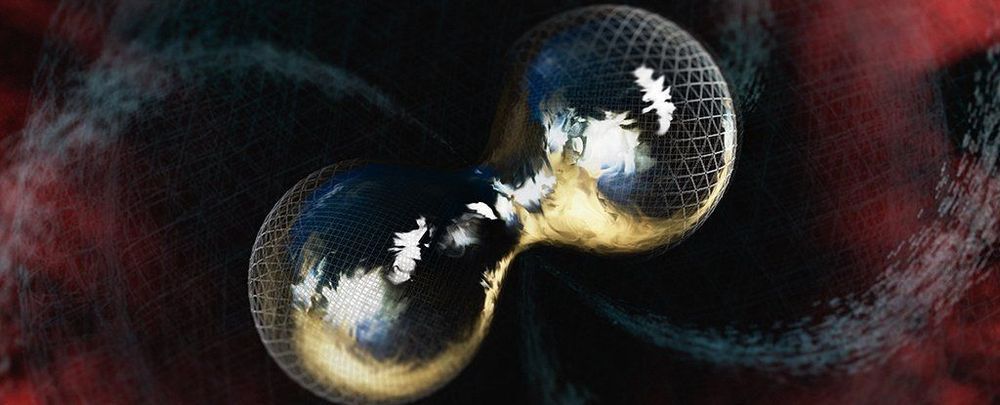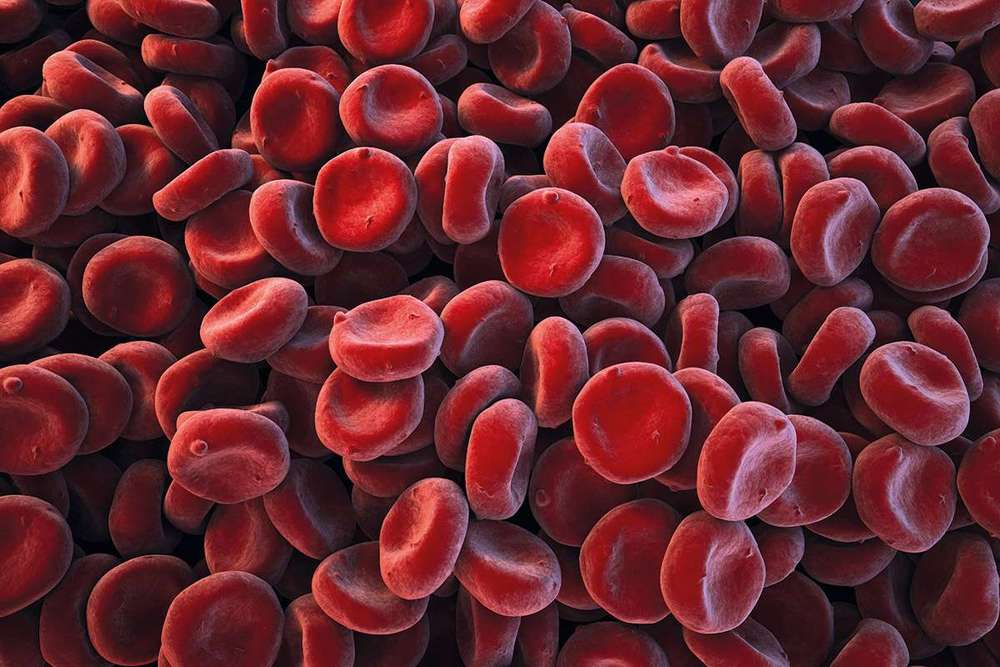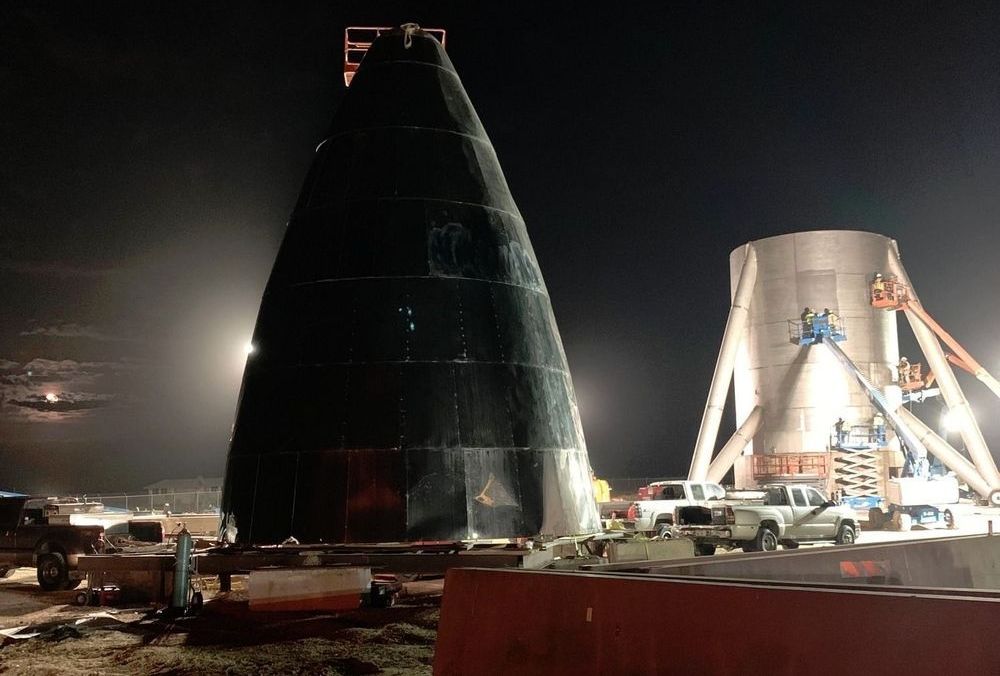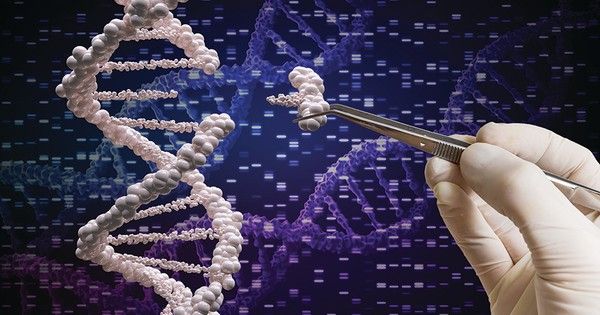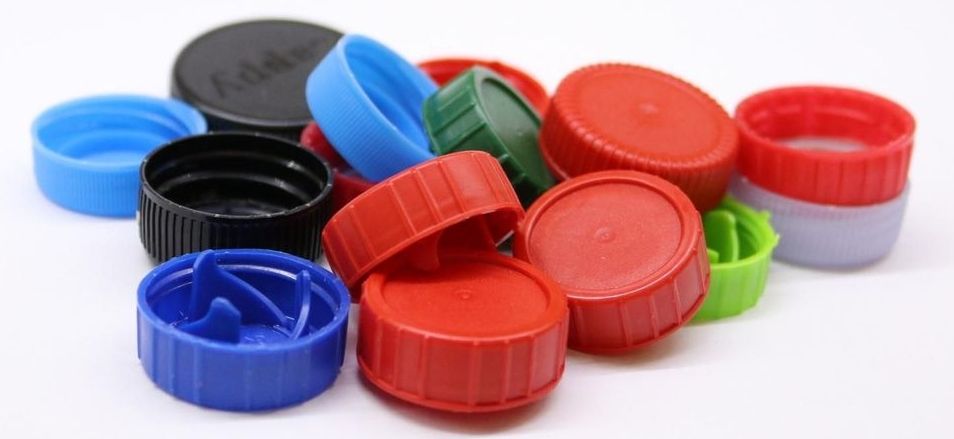According to a straightforward interpretation of general relativity, the Big Bang wasn’t the start of ‘everything’.
Taking Einstein’s famous equations at face value and making as few assumptions as possible, a team of researchers has rewound the clock on our Universe to find it wouldn’t lead to a stopping point at all, but would take us through a different kind of beginning into a flipped space.
To understand what all the fuss over the Big Bang is, we need to rewind a bit to understand why physicists think it may not have been the start of everything.
